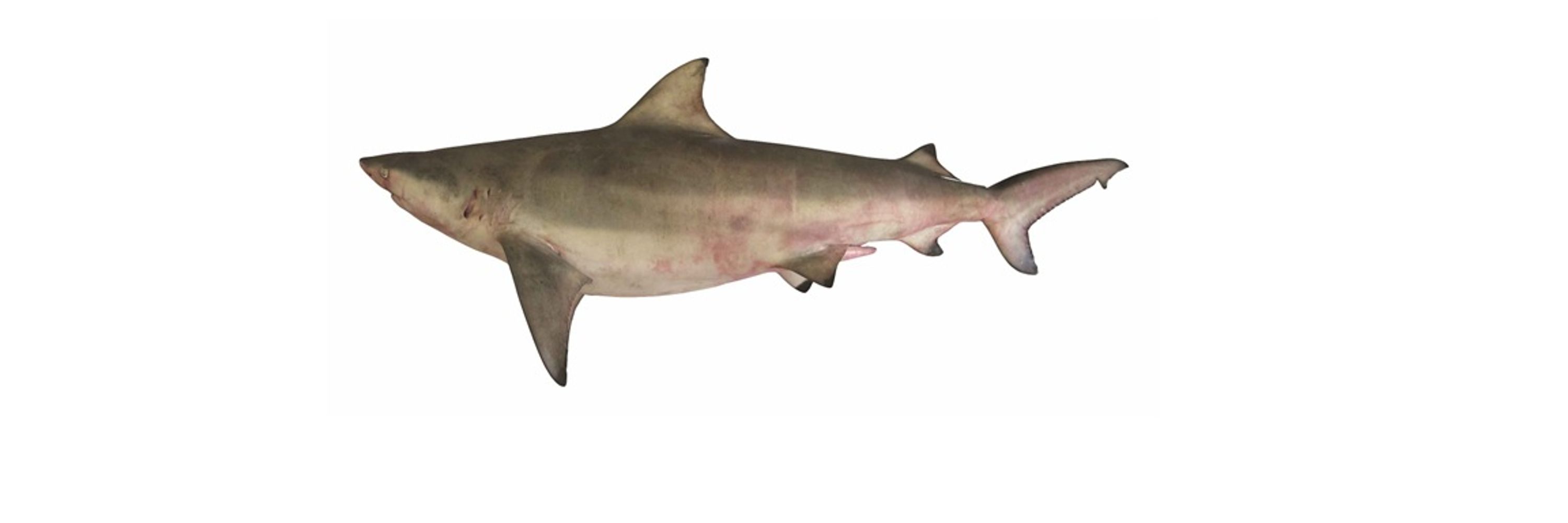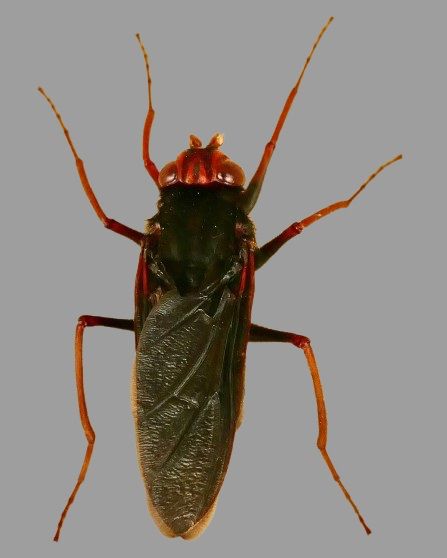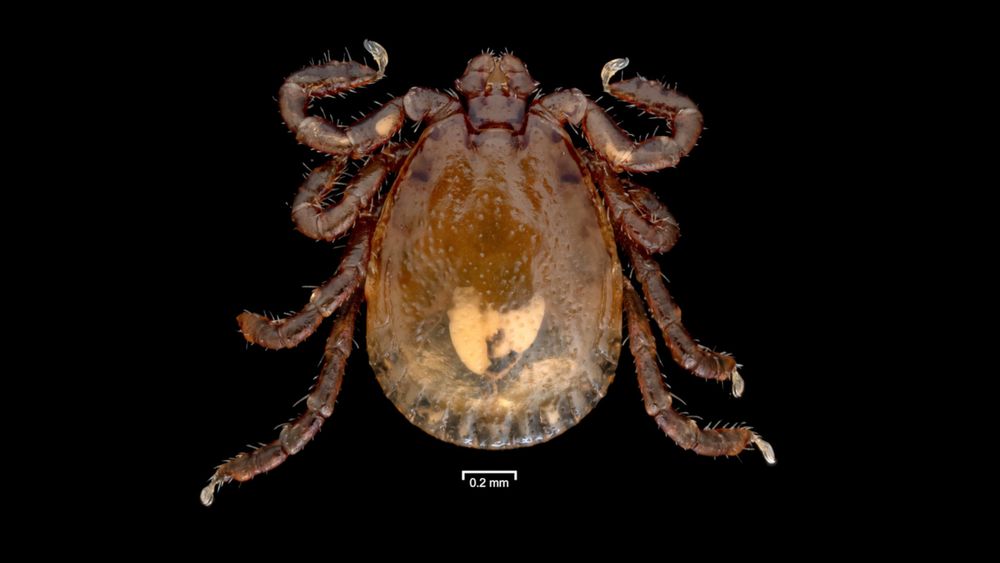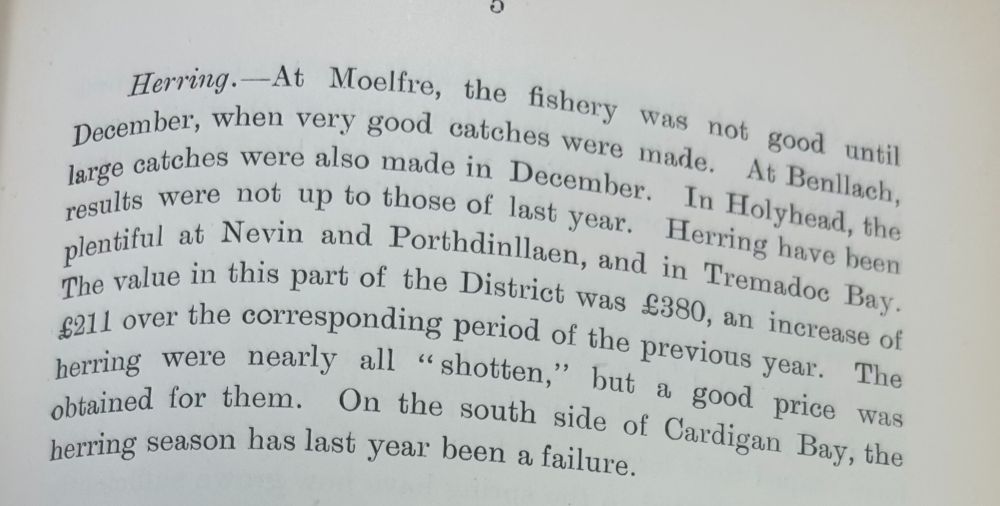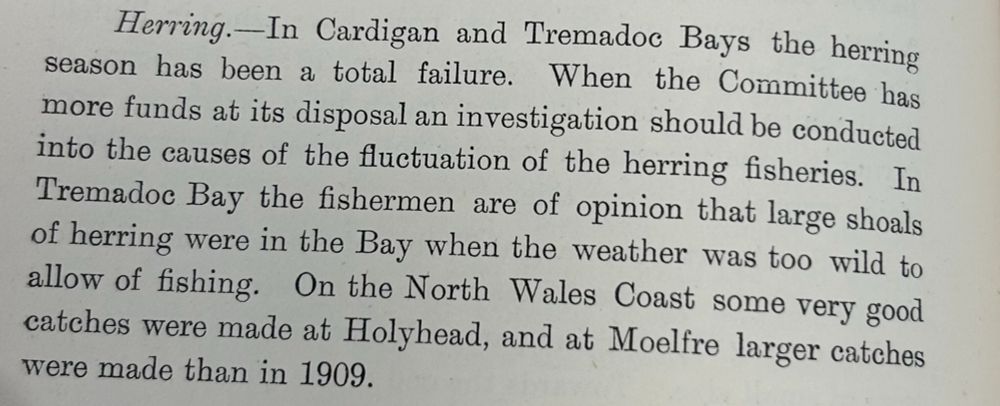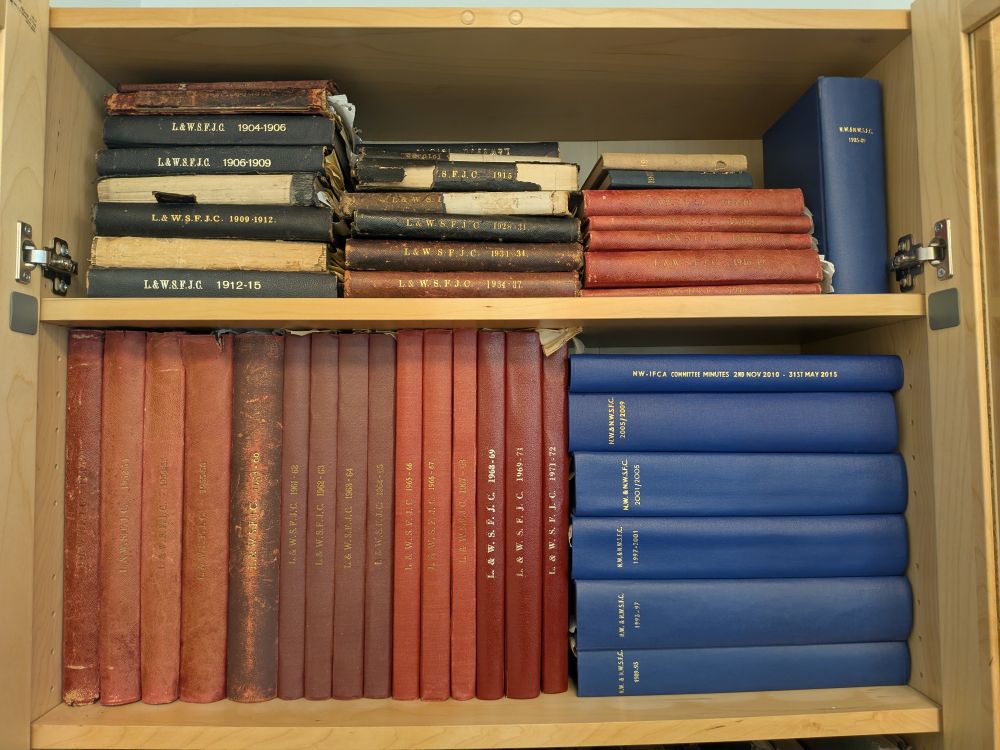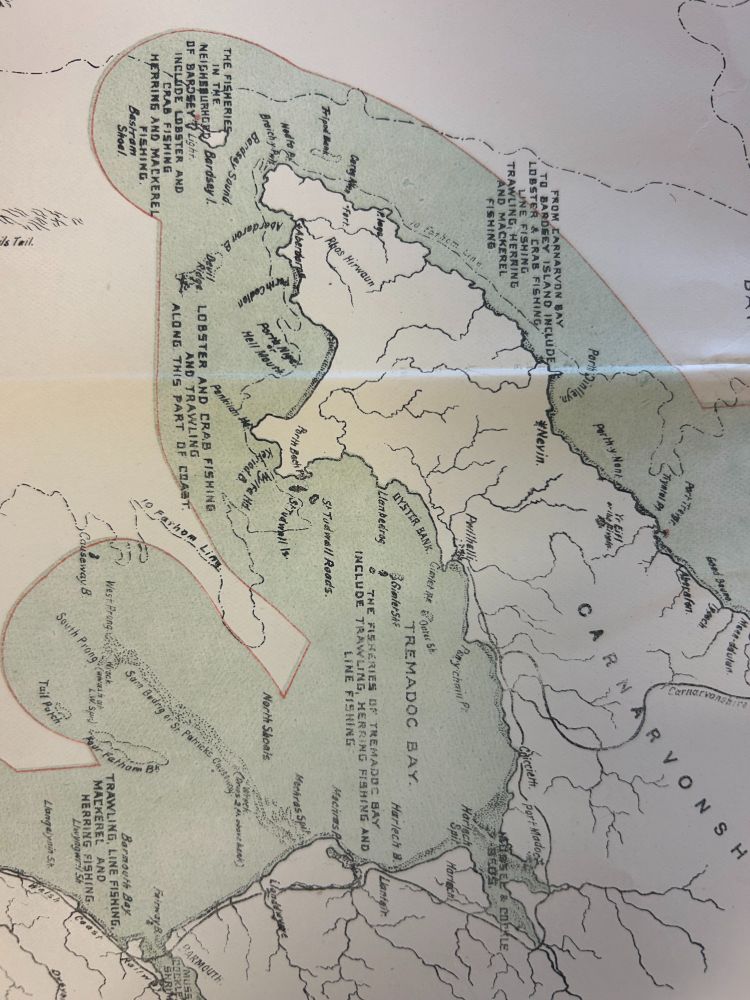Alec BM Moore
@alecbmmoore.bsky.social
1.5K followers
550 following
160 posts
Lecturer in marine top predator conservation @sosbangor.bsky.social
I research: sharks & rays | marine historical ecology | fisheries | conservation 🏊🤿🎣🐟
Posts
Media
Videos
Starter Packs
Reposted by Alec BM Moore
Reposted by Alec BM Moore
Reposted by Alec BM Moore
Reposted by Alec BM Moore
Reposted by Alec BM Moore
Reposted by Alec BM Moore
Reposted by Alec BM Moore
Reposted by Alec BM Moore
Reposted by Alec BM Moore
Reposted by Alec BM Moore
New Scientist
@newscientist.com
· Sep 4

Early penguins may have used dagger-like beaks to skewer prey
Four new species of aquatic birds related to modern penguins have been described from fossils found in New Zealand, showing how these creatures flourished around 60 million years ago
www.newscientist.com
Reposted by Alec BM Moore
Reposted by Alec BM Moore
Reposted by Alec BM Moore
